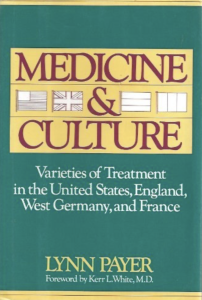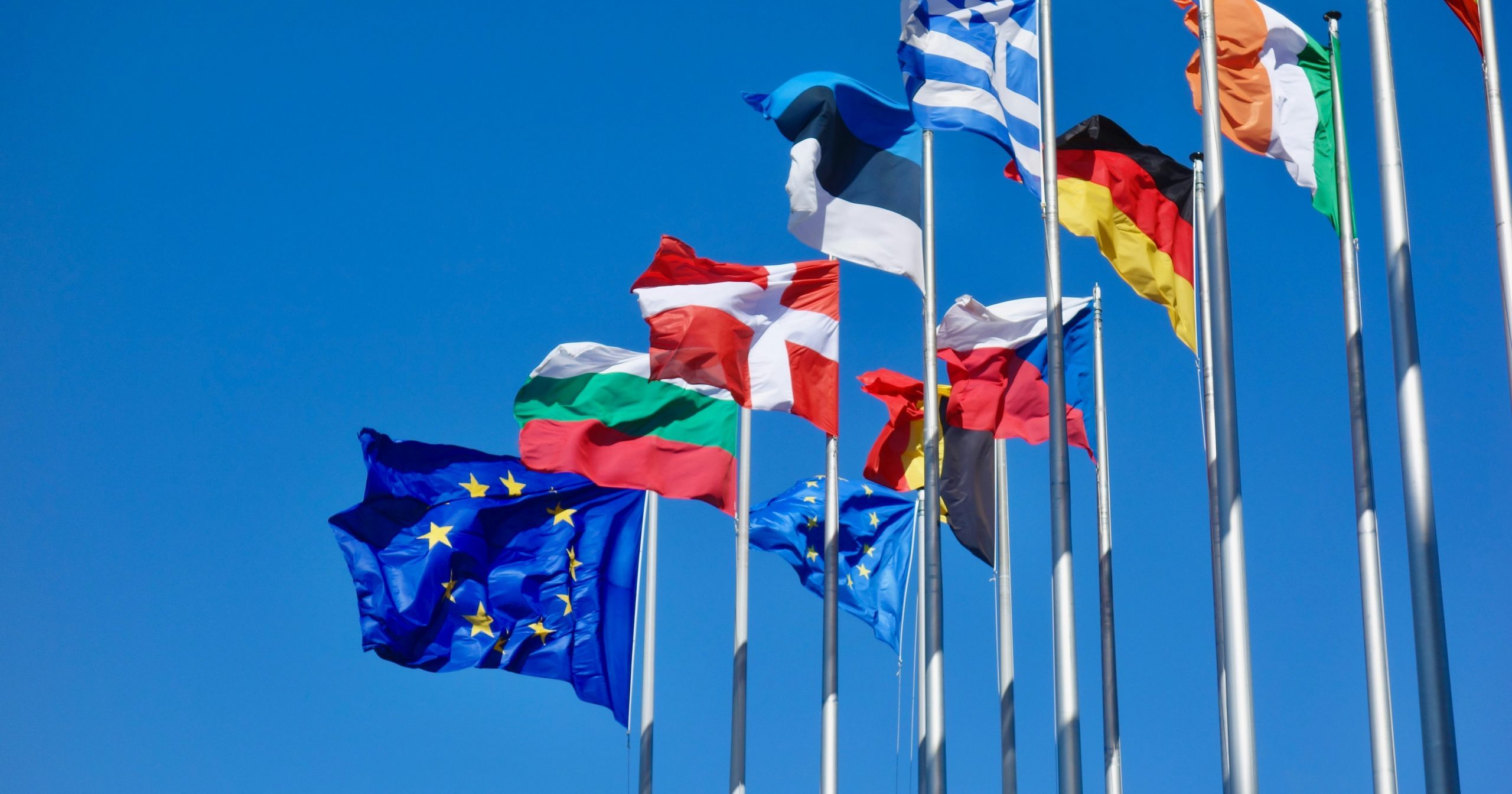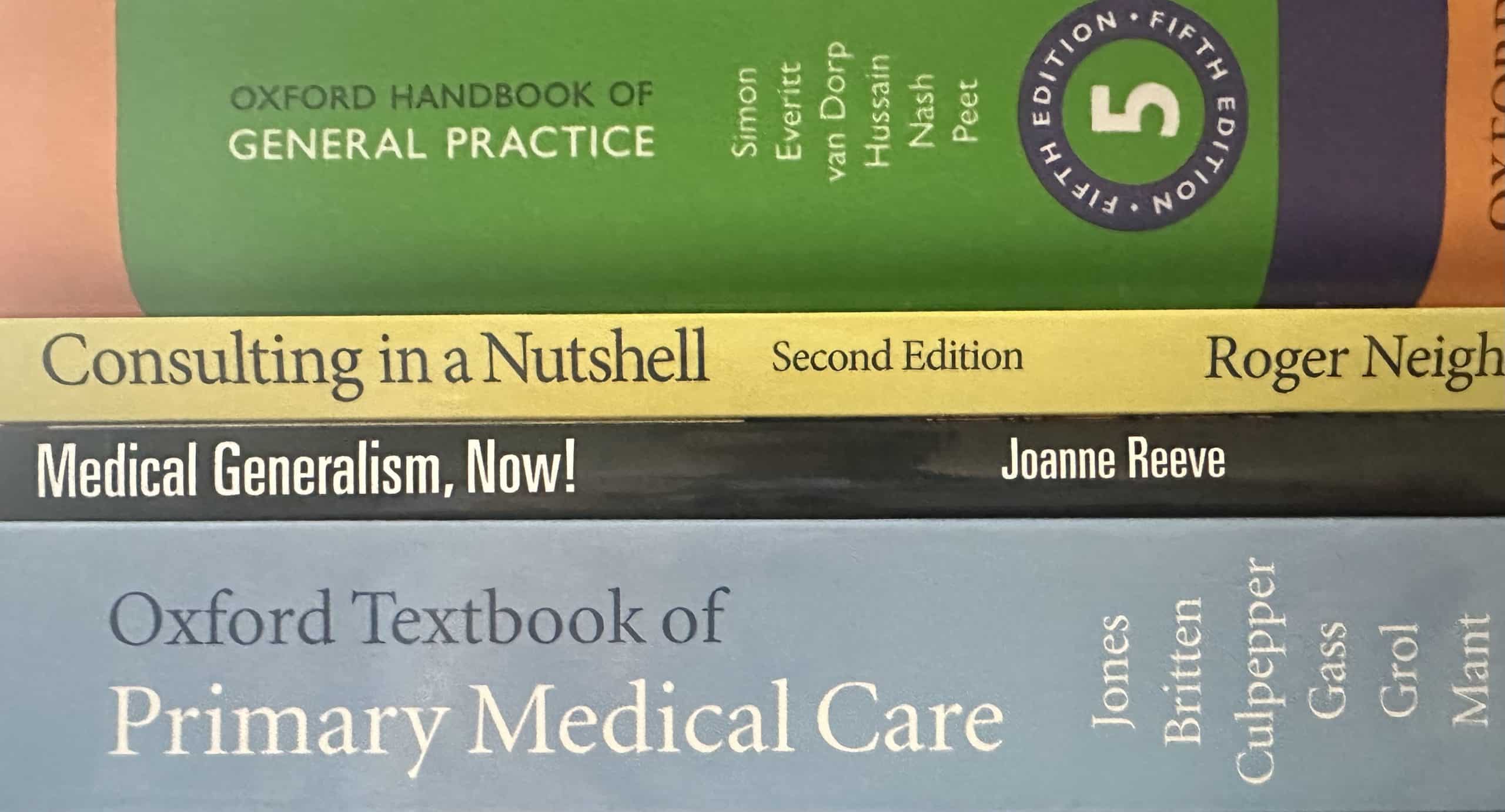
Lynn Payer reportedly once said that if she had been born just a few years later, she might have studied medicine – as it was, she became a medical journalist. She was only 56 when she sadly died of breast cancer in 2001. If she is remembered at all today (and she really should be), it is for her book ‘Medicine and Culture – Varieties of treatment in the United States, England, West Germany and France‘ . As you can tell from the title, this book came out before the Berlin Wall came down, it was first published in 1988, and again in a second edition with a new foreword in 1996. Only in that short period of time a few things had changed that she wanted to highlight, maybe most notably that in the original book she talked about ‘national character’, which she now deemed unnecessary to explain the medical differences she found in the different countries: ‘national culture is sufficient’ (p.xx).
Payer grew up in the United States with its ‘can-do’ approach to life and medicine where ‘...the existence of a problem is intolerable [… ] all problems must not only be solved but can be solved…‘ (p.131). This resulted in America being the leader in high-tech medicine at the time, and had some impressive results to show for itself like ‘..cutting the US rate of heart attack and stroke, as well as virtually eliminating certain infectious diseases…‘ (p.136).
When Payer first moved to France, she initially saw many of the local medical ideas and practices as ‘...backward; now, I find they make a great deal of sense…’ (p.73).
One might think that ‘national cultures’ are less important today, at least within medicine, where everybody has access to the same information via the internet and doctors move easily between countries and cultures.
The fact that alternative medicine in all its forms is a big market and hugely popular tells us that it is providing something that is missing from our conventional medical practice.
While some of the descriptions in the book are (one might say, of necessity) caricatures (French Cartesian, German authoritarian romantic, English kind but paternalistic, and American aggressive doctors), they nevertheless highlight the big questions in medicine that we are (of course) still grappling with today. One might think that ‘national cultures’ are less important today, at least within medicine, where everybody has access to the same information via the internet and doctors move easily between countries and cultures. Reading this book though, I am not so sure, and I am now wondering if the idea that all this is less relevant today only means that we are taking our eyes off the ball and those underlying cultural ideas are exerting at least as powerful an influence today in the shadows where we don’t look.
The causation of illness
One of the core questions this book deals with (I would argue) is the big question of the causation of illness. This is a hugely important issue, and we don’t really talk about it that much. We take it for granted that viruses and bacteria or now ‘lifestyle factors’ cause diseases. Sounds simple. Actually, it is much more complicated than that. This book shows us that different cultures have quite different ideas about what illness and disease is and what causes it.
Like Americans, the English think about disease as being caused by external factors – viruses or bacteria, now also the wrong food we put into our body or the cigarettes we smoke, pollution, or the dose of exercise we give ourselves, or not (does that sound strange to you? If you think about it, our idea about the benefits of exercising are very much caught up in this external illness causation paradigm – quantity of exercise (eg externally determined number of steps everyone should aim for each day) is valued over moving our body as each one of us is able for our enjoyment, preferably as a social event, which may then actually have all sorts of intangible health benefits).
The French put much greater emphasis on the individual body’s role in illness causation. Like the Germans, they generally think that while a virus is necessary for a certain disease, it is not sufficient. Payer describes the concept of ‘terroir’ which I had only come across in relation to French wine making until now. She describes it as being similar to the (not much used anymore) concept of an individual’s constitution. ”Risk factors’ can describe aspects of the terrain but connotes particular aspects, whereas terrain is a more all-encompassing concept. ‘Resistance’ used in a general sense is also close to the meaning, but ‘resistance’ is usually used in the specific sense of resistance to a specific disease and that is not all what terrain means. Many diseases result from a combination of some type of insult and the body’s reaction to that insult. While the English and American doctors tend to focus on the insult, the French and Germans focus on the reaction and are more likely to try to find ways to modify the reaction as well as fight off the insult’ (p.61).
This book shows us that different cultures have quite different ideas about what illness and disease is and what causes it.
What this means in practice is that while the American and the English health care systems focus on diagnosing an illness and fixing it with drugs or surgery and don’t have a health spa culture, France and Germany are still sending their patients to health spas as they recognize their enormous health benefits.
Interestingly, Payer highlights the AIDS crisis as the historical moment that ‘…caused us [presumably ‘us Americans’] to consider these two metaphors of disease causation simultaneously: the AIDS virus comes from outside the body and attacks, yet it has made Americans more aware of the crucial role that internal defenses play in keeping one healthy. Perhaps as a result, Americans have begun to take tonics and immune stimulants just as Europeans have done for years…‘ (p.xvi-xvii). From our perspective today, it is quite hard to imagine that there was a time when Americans were not taking ‘tonics’ and unproven supplements in excess – but if you think about it, their approach to shoring up their ‘terrain’ is still very much caught up in their other cultural assumptions, of mechanistic solutions to a given problem, which actually completely misunderstands what the French mean by terroir, and its specificity, as described above.
I would argue that in our current culture, it is in the alternative medicine sector where we find a better understanding of terroir, or the German concepts of Gestalt or even Geist, which relate to the whole of the individual instead of his or her individual parts.
The fact that alternative medicine in all its forms is a big market and hugely popular tells us that it is providing something that is missing from our conventional medical practice. One aspect will simply be time which a NHS GP cannot give, and which is most valued by patients, but it also provides meaning in the forms of causal explanations for why an individual has gotten ill.
There is a reason why in conventional medicine we don’t talk about a ‘cancer personality’ anymore or speculate about what may have caused an individual’s cancer: we don’t want to give the impression that we blame the patient and make them feel guilty, and we also recognize complexity and the likely impossibility of finding an easy or correct answer.
In contrast, many alternative practitioners are very generous and comfortable with interpreting aspects of a patient’s past as having caused an illness in the present, which is incredibly problematic, but we cannot address this head on if we don’t acknowledge that patients are asking this question of illness causation and are looking for answers. While conventional medicine at times might imply that we have little control over our health, alternative medicine tends to go the opposite way and assumes that more of it is within the control of the individual than can be realistic.
Thinking about illness causation and Long Covid
The question of disease causation has arisen again in a big way in relation to the Covid pandemic and our understanding of Long Covid. While we generally agree that the Covid virus causes Covid, the causation of Long Covid is much more contested. It does not fit with the American/British views that illness may be ongoing once the disease-causing virus is no longer present in the body. So that needs an explanation. One explanation is of course that the virus is still present in some tissues and some studies are trying to show just that. But of course the presence of a virus by itself does not really tell us that it is still active. So what are the other ideas that are trying to answer that question?
The (to us) obvious seeming alternative is to put responsibility onto the patient, if we cannot blame an external force anymore. And that plays out on the basis of historical cultural assumptions, too. While the French are portrayed as the original Cartesians, with Descartes being held accountable for the mind/body split, they have never lost sight of the greater whole of the terroir which arguably encompasses both. The English are much less abstract thinkers than the French and for them the mind/body split must be imagined as a concrete reality, which is the only conclusion I can come to when trying to understand some of the debates around Long Covid. It seems that while the virus is accepted as causing disease in a body, if that virus is gone but illness remains, it must be blamed on the mind. Only in England will an internal cause of illness be interpreted automatically as psychological.
There are precedents for illnesses like Long Covid, and how they have been treated differently in the different countries. Common explanatory models for fatigue (my suspicion is that this relates to a much wider general concept than, but may include, the diagnosis of ME/CFS) have been very different: ‘French doctors will diagnose vague symptoms as spasmophilia or something to do with the liver; German doctors will explain it as due to the heart, low blood pressure, or vasovegetative dystonia; the British will see it as a mood disorder such as depression; and Americans are likely to search for a viral or allergic cause…‘ (p.xvii).
Note that in that characterization it is the British only who make the assumption that there is a psychological causation of fatigue (which may or may not be the problem in the individual case). And that is still how many British doctors and some psychiatrists are approaching Long Covid today.
The Germans certainly are taking Long Covid more seriously than the English do. There are official government billboards warning Germans of Long Covid (see www.bmg-longcovid.de/service/download). In England, affected patients have to fend for and finance similar endeavours themselves. Arguably, that is because Germans don’t make the same distinctions between mind and body than the English do: ‘The English GP would regard vasovegative dystonia, low blood pressure, and spasmophilia as non-diseases [body], he would probably label them as neuroses [mind] and prescribe either uppers or downers for their sufferers rather than magnesium or spa therapy…‘ (p.114).
It was the Germans who had a very different understanding of the heart and circulation compared to the American/British tradition: ‘…for Germans, the heart is not just a pump, but an organ that has a life of its own, one that pulsates in response to a number of different stimuli including the emotions […] this way of thinking probably led Europeans to recognize, long before Americans, that angina pecoris, or lack of oxygen to the heart muscle, can be caused not just by clogging, but also by a spasm, of the coronary artery, a concept hard to integrate into the mechanical model‘ (p.80). The Germans also conceptualize many different complaints as being caused by poor circulation. Payer quotes a German doctor: ‘…the concern with the circulation stems from the central European cultural perspective on physiology. ‘There is a basic assumption of equilibrium or balance – that antagonistic forces should be kept in balance” (p.89). Interestingly, a lot of research into Long Covid is now looking at issues around circulation.
French doctors will diagnose vague symptoms as spasmophilia or something to do with the liver; German doctors will explain it as due to the heart, low blood pressure, or vasovegetative dystonia; the British will see it as a mood disorder such as depression; and Americans are likely to search for a viral or allergic cause…
Ideas about illness causation are cultural. It makes a difference if we think that disease comes from the outside and in the event that it doesn’t and comes from the inside, it must be psychological, or whether we think that disease is due to the weakness of particular organs or imbalances between various organs and/or systems (p.xvi). Everything that matters will be decided on the basis of our underlying cultural values – what research we spend money on (or what research questions we can even conceive of), or how we treat our ill fellow human beings.
Payer came to the conclusion: ‘The choice of diagnosis and treatment is NOT a science. While scientifically conducted studies can show us that a certain course of action or treatment can result in certain benefits and risks, the weighing up of those benefits and risks will always be made on a cultural scale. […] In fact, only a patient is really competent to decide if there is a treatment of choice – for the patient‘. (p.154).
In relation to Long Covid being presented by some doctors as having its cause in the unconscious, or invoking other psychological explanations, with many Long Covid patients resisting that categorization and insisting that the problem is physical, I would like to quote Adolf Meyer, the first professor of psychiatry at the John Hopkins University: ‘When the patient and the physician agree on the nature of the problem, the patient gets better‘ (p.xxvi).
Lynn Payer’s book, while unfortunately being out of print now, is still available second hand and I would recommend it to anyone who wants to understand the history of many of the underlying assumptions shaping medicine and our practice of it: ‘...our medicine is not the inevitable result of medical progress but of choices, conscious or not – that arise from our own cultural biases. Perhaps, if we come to know these biases better, our choices will reflect less the memory of a […] past and more our needs as inhabitants of a complex modern society‘ (p.152).
Featured book: Lynn Payer – ‘Medicine and Culture – Varieties of treatment in the United States, England, West Germany and France’, Henry Holt and Company, New York 1988/1996
Featured Photo by Antoine Schibler on Antoine Schibler









Thanks, Elke, this is fascinating! What a relief to know that every medical culture has its quirks, and to see a bigger picture.